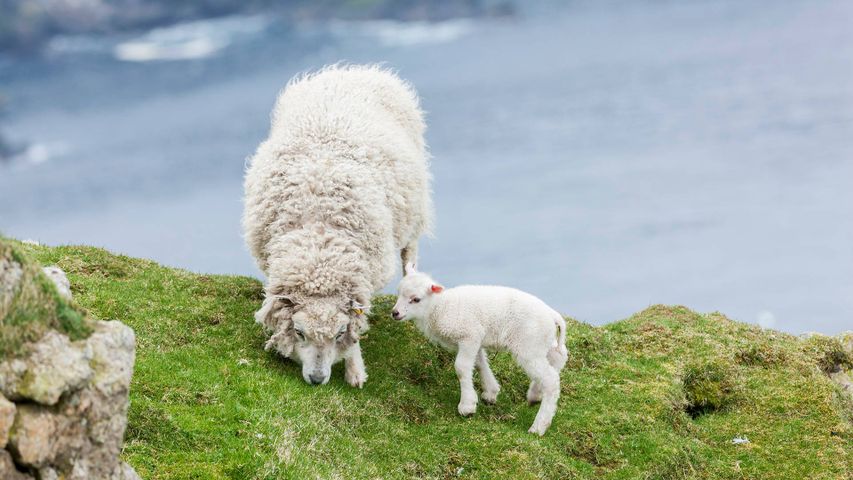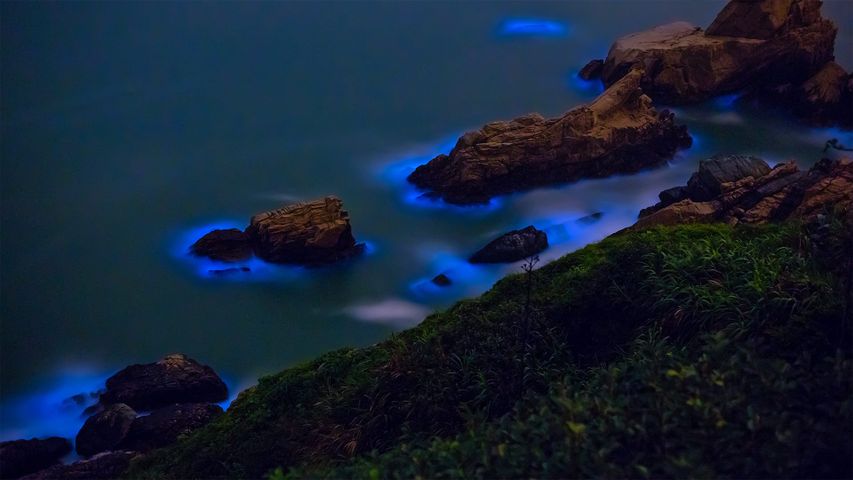A pod of narwhals near Baffin Island, Nunavut, Canada
© Eric Baccega/Minden Picture
Unicorns of the sea
It’s Unicorn Day! To honour the mythical horned beast, we bring you the next best thing: a pod of narwhals in the Arctic Ocean. Narwhals develop only two teeth, but the left canine can grow into a 9ft-long spiral tusk. As it juts out of the top of their head, it's earned them the nickname, 'unicorn of the sea'.
For centuries narwhal tusks were sold to gullible buyers as rare unicorn horns with magical powers. They were so prized for their medicinal and healing properties that, in the 16th century, Queen Elizabeth I paid £10,000 for one (which was the cost of building a castle back then). By the late 17th century, scientific facts started replacing superstitious beliefs and the unicorn horn market fell out of favour.
Today narwhals inhabit the deep waters of the Arctic and North Atlantic Oceans, surfacing between cracks in the ice. Their long-term challenges include the loss of sea ice and environmental impacts from oil and gas development.
Related Images
Bing Today Images




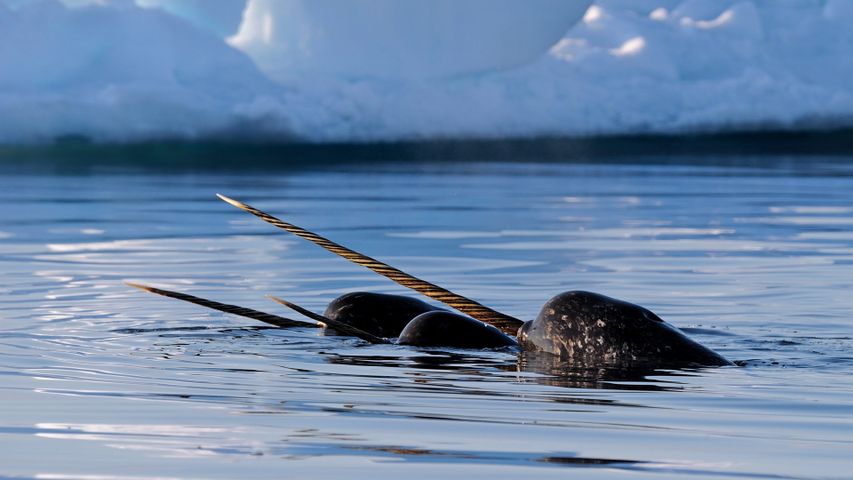
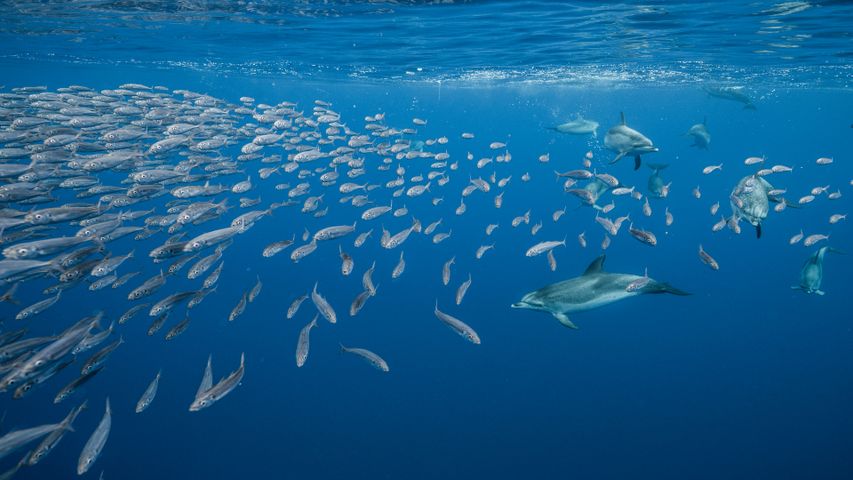 Atlantic spotted dolphins near Santa Maria Island, Azores, Portugal
Atlantic spotted dolphins near Santa Maria Island, Azores, Portugal
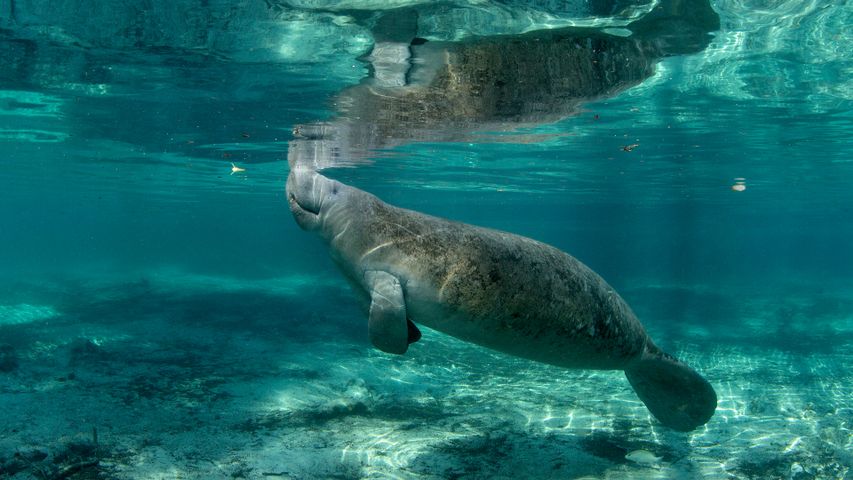 Manatee in Crystal River, Florida, United States
Manatee in Crystal River, Florida, United States
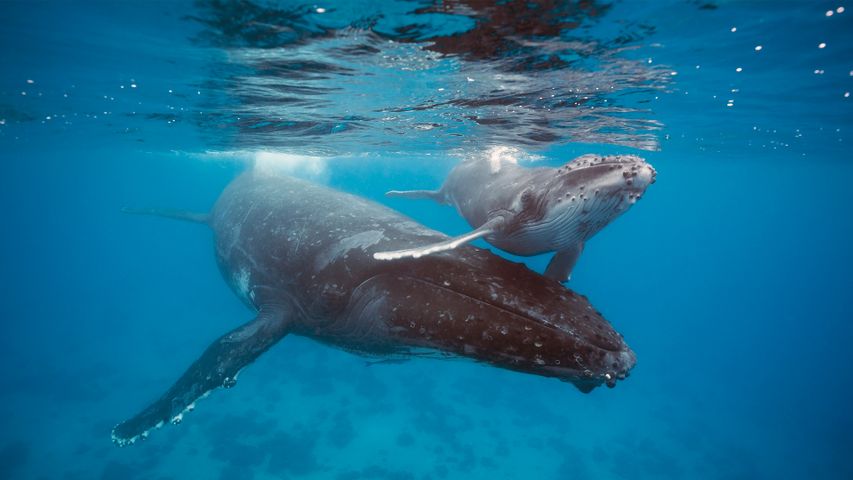 Humpback whale mother and calf, Tonga
Humpback whale mother and calf, Tonga
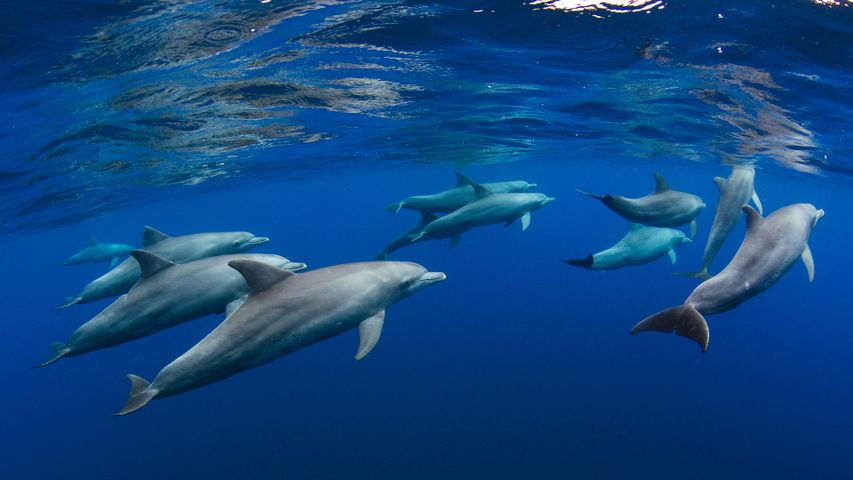 Dolphin pod near Réunion island, Indian Ocean, overseas department of France
Dolphin pod near Réunion island, Indian Ocean, overseas department of France
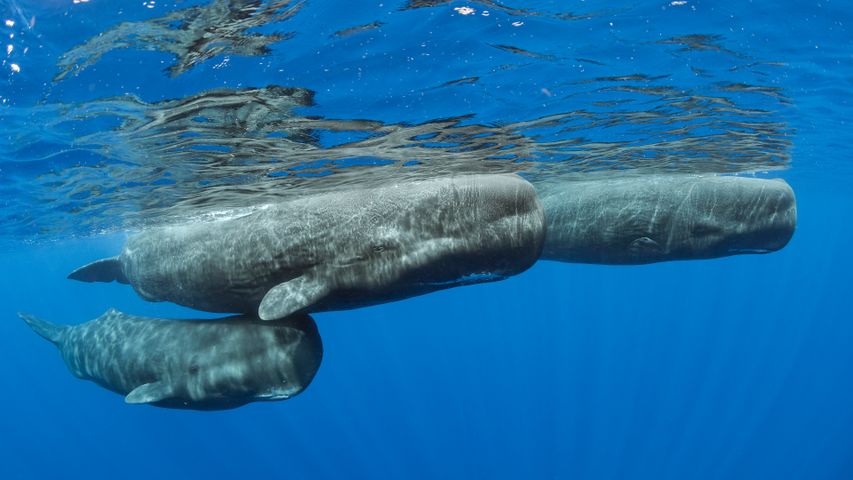 Sperm whale pod surfacing, Dominica
Sperm whale pod surfacing, Dominica
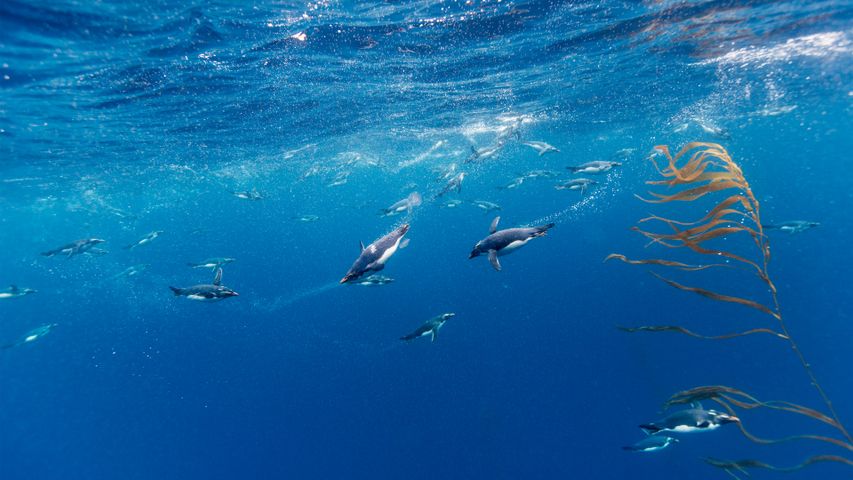 Macaroni penguins, Drake Passage, Chile
Macaroni penguins, Drake Passage, Chile
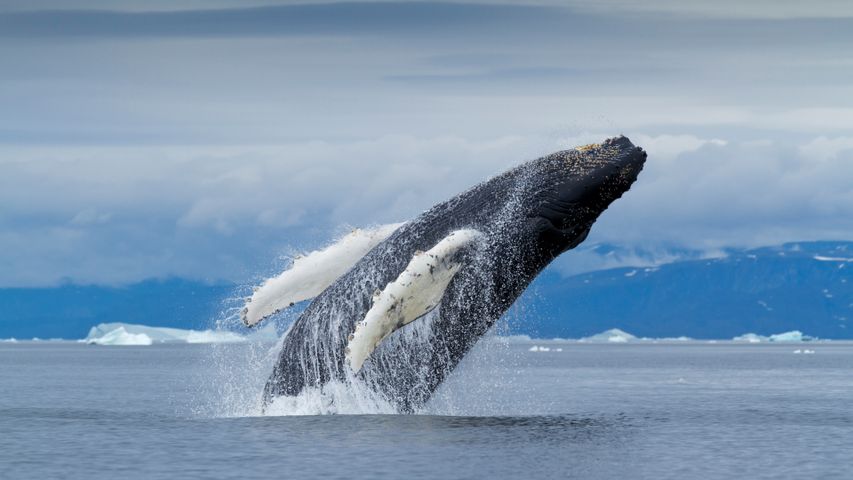 Humpback whale, Disko Bay, Greenland
Humpback whale, Disko Bay, Greenland
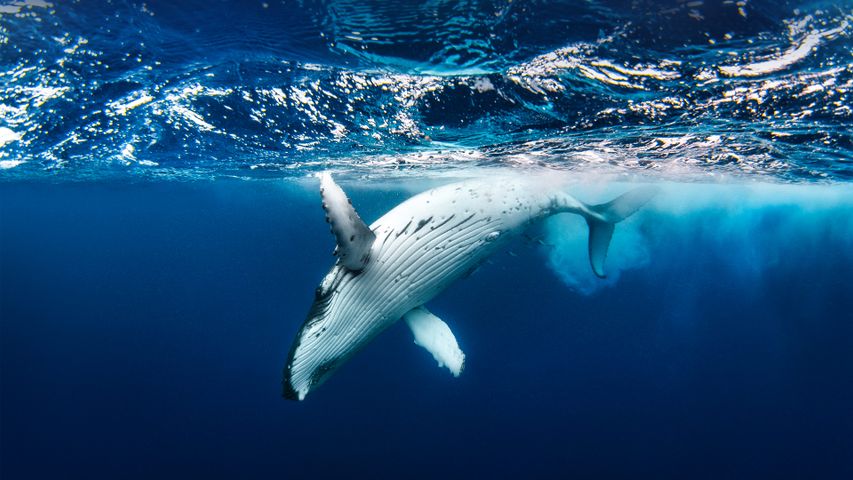 Humpback whale
Humpback whale
